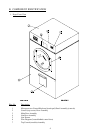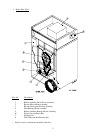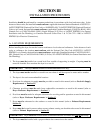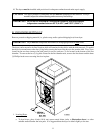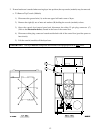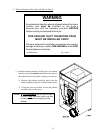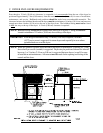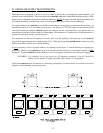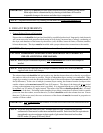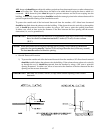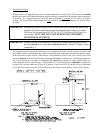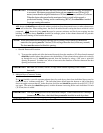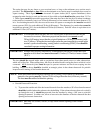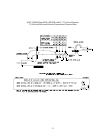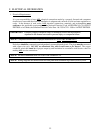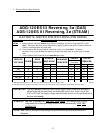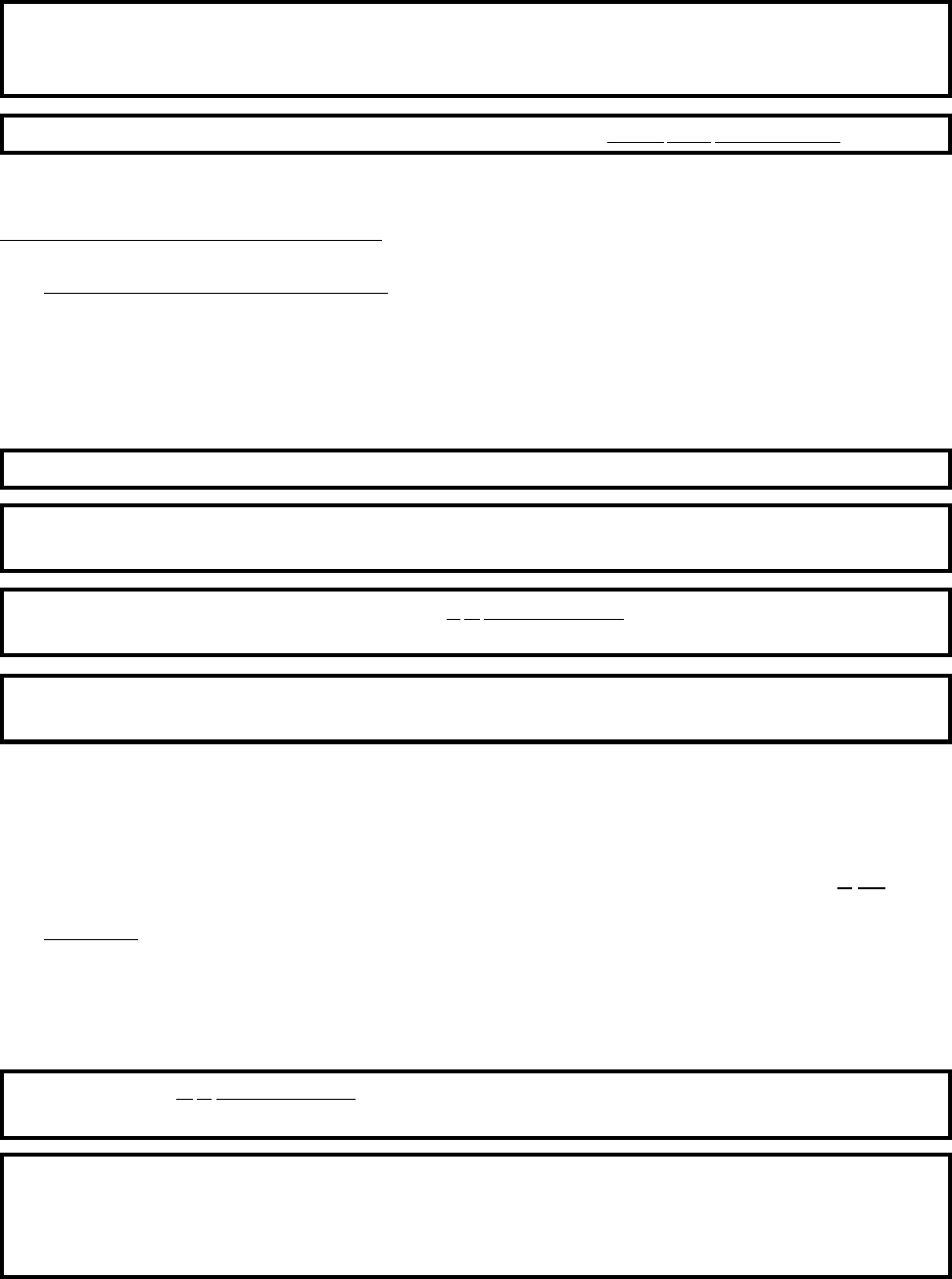
16
IMPORTANT: Make-up air must be provided from a source free of dry cleaning solvent fumes.
Make-up air that is contaminated by dry cleaning solvent fumes will result in
irreparable damage to the motors and other dryer components.
NOTE: Component failure due to dry cleaning solvent fumes will
VOID THE WARRANTY.
E. EXHAUST REQUIREMENTS
1. General Exhaust Ductwork Information
Exhaust ductwork should be designed and installed by a qualified professional. Improperly sized ductwork
will create excessive back pressure which results in slow drying, increased use of energy, overheating of
the dryer, and shutdown of the burner by the airflow (sail) switches, burner hi-limits, or basket (tumbler)
hi-heat thermostats. The dryer must be installed with a proper exhaust duct connection to the outside.
CAUTION: This dryer produces combustible lint and must be exhausted to the outdoors.
CAUTION: IMPROPERLY SIZED OR INSTALLED EXHAUST DUCTWORK CAN
CREATE A POTENTIAL FIRE HAZARD.
NOTE: When a dryer is exhausted separately, it is recommended that a back draft damper be
installed.
NOTE: When dryers are exhausted into a multiple (common) exhaust line, each dryer must be
supplied with a back draft damper.
The exhaust ductwork should be laid out in such a way that the ductwork travels as directly as possible to
the outdoors with as few turns as possible. Single or independent dryer venting is recommended. When
single dryer venting is used, the ductwork from the dryer to the outside exhaust outlet must not exceed 20
feet (6.09 meters). In the case of multiple (common) dryer venting, the distance from the last dryer to the
outside exhaust outlet must not exceed 20 feet (6.09 meters). The shape of the ductwork is not critical
so long as the minimum cross section area is provided. It is suggested that the use of 90º turns in ducting
be avoided; use 30º and/or 45º angles instead. The radius of the elbows should preferably be 1-1/2 times
the diameter of the duct. Excluding basket (tumbler) dryer elbow connections or elbows used for outside
protection from the weather, no more than two (2) elbows should be used in the exhaust duct run. If more
than two (2) elbows are used, the cross section area of the ductwork must be increased in proportion to
number of elbows added.
IMPORTANT: It is recommended that exhaust or booster fans not be used in the exhaust ductwork
system.
NOTE: As per the National Fuel Gas Code, “Exhaust ducts for type 2 clothes dryers shall be
constructed of sheet metal or other noncombustible material. Such ducts shall be equivalent in
strength and corrosion resistance to ducts made of galvanized sheet steel not less than
0.0195-inches (26 gauge [0.05 mm]) thick.”



